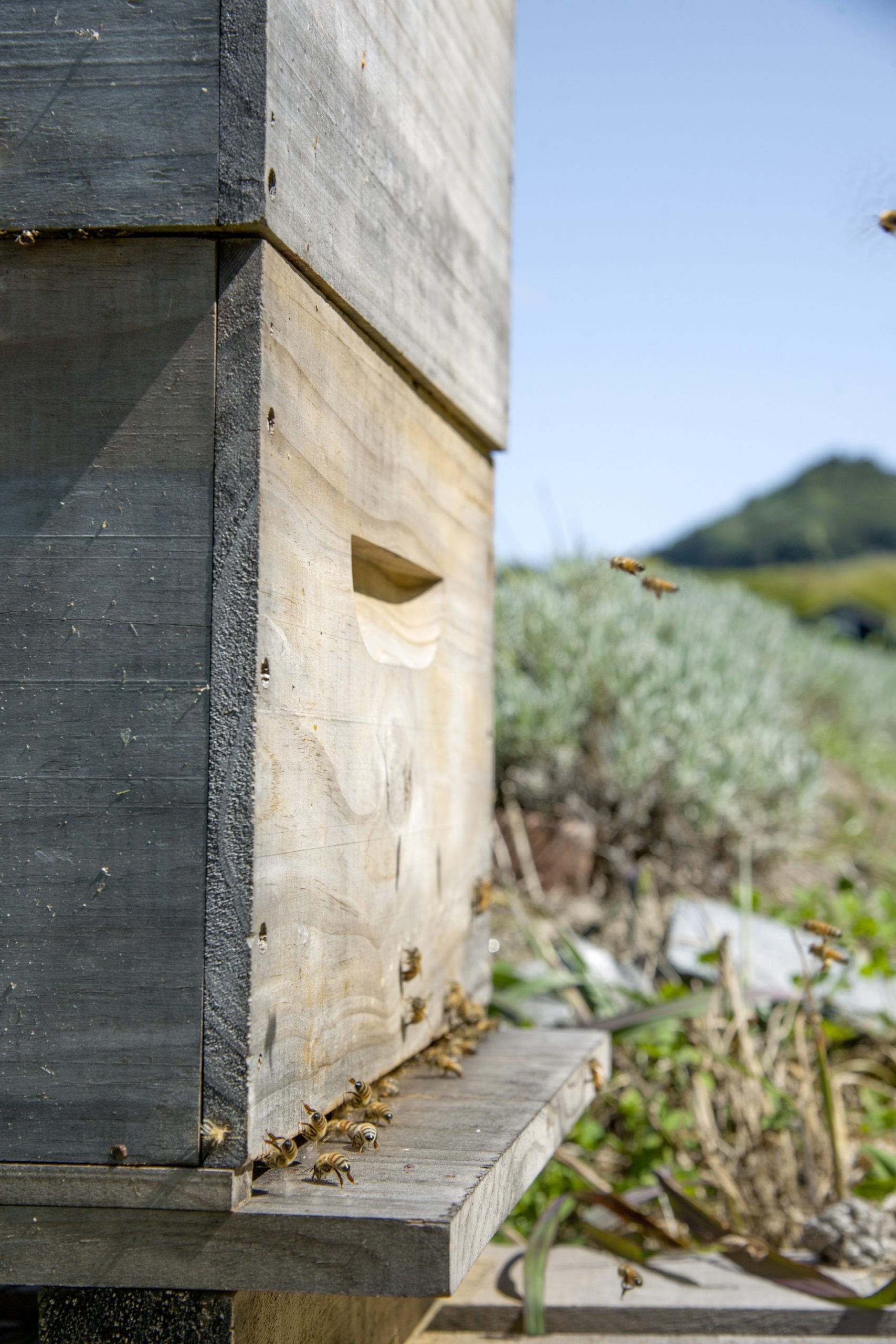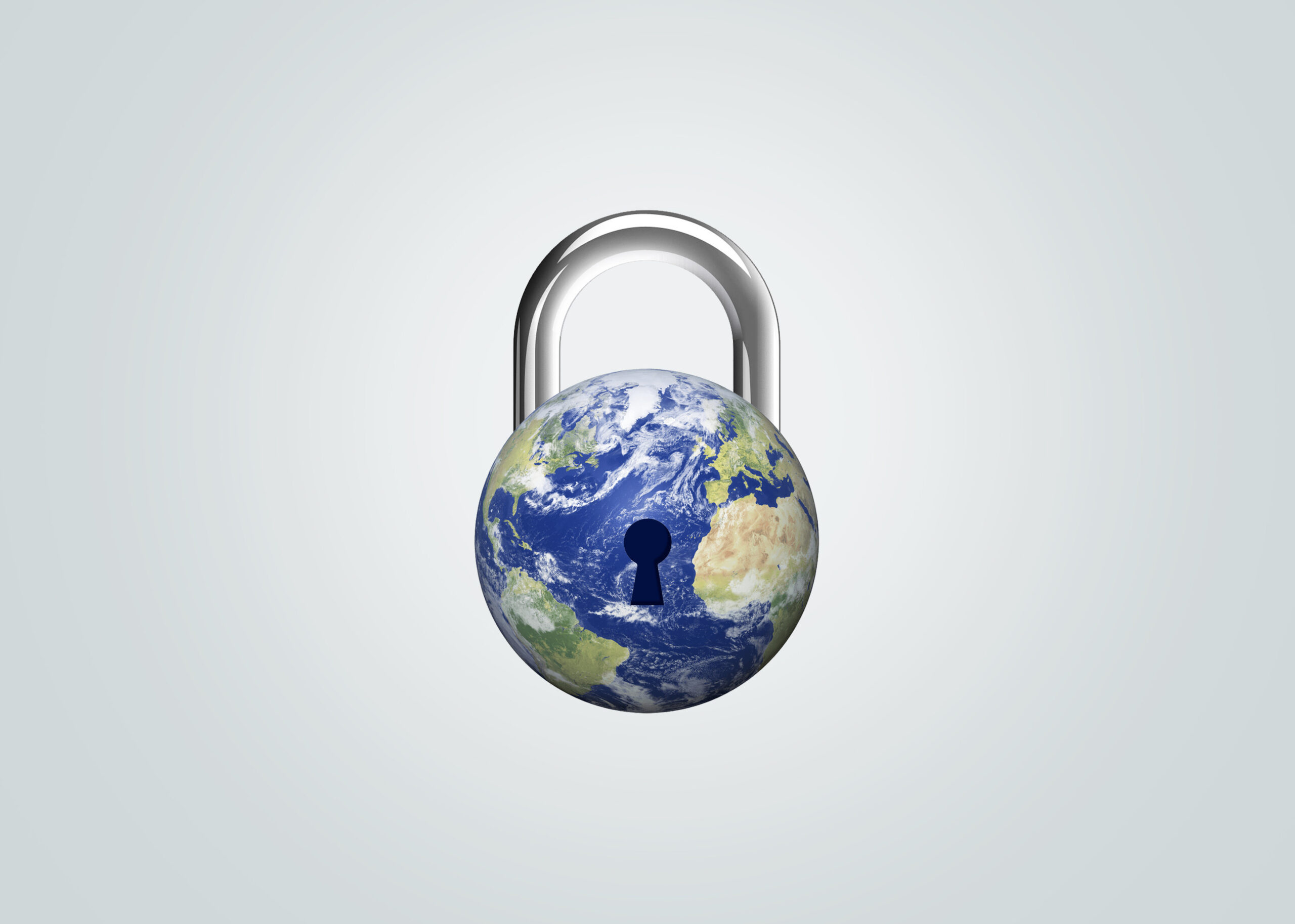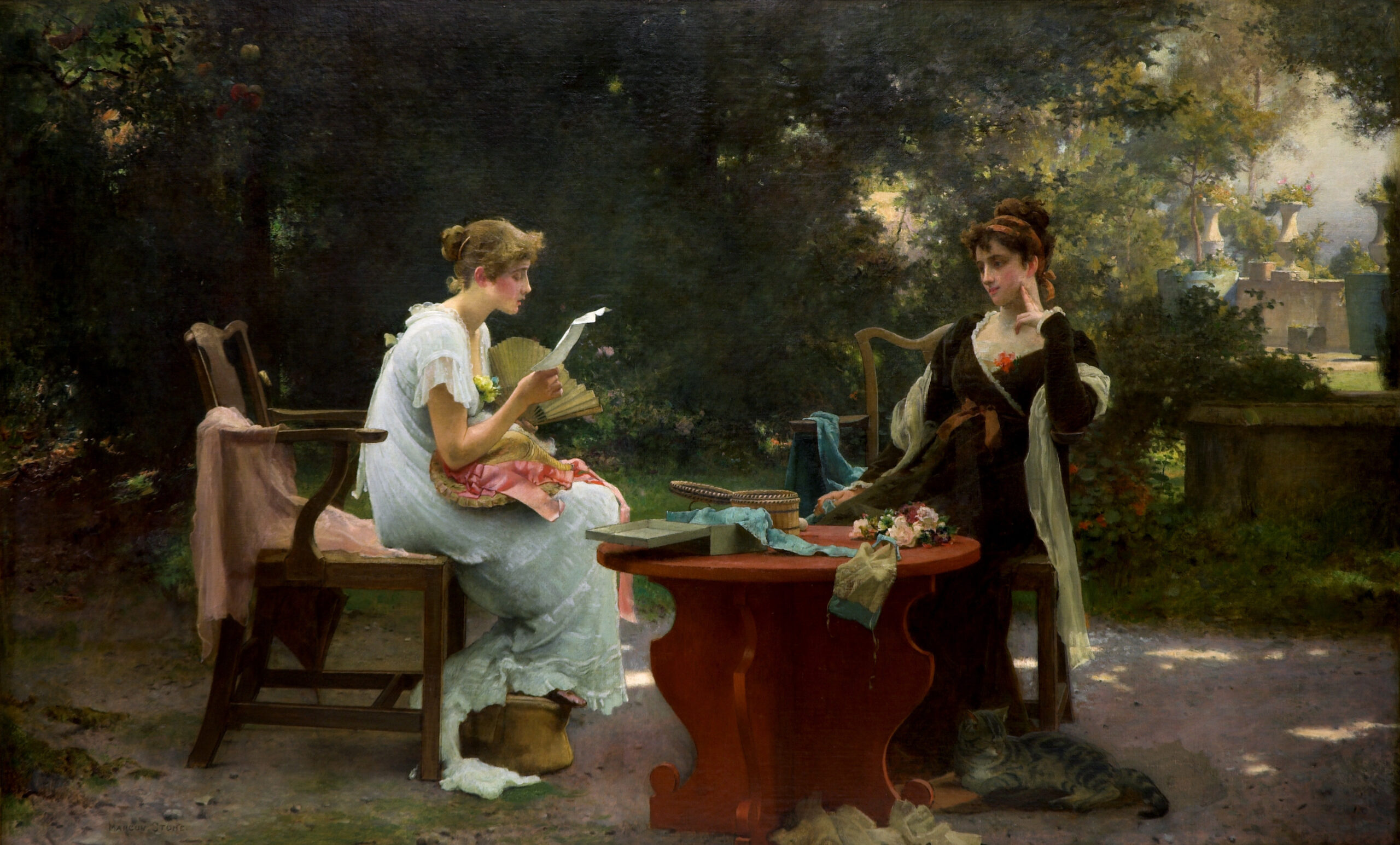Turn your backyard into a bee’s dream and help stop their decline!
Have you ever watched a honeybee on a hazy summer’s day, travelling from flower to flower covered in pollen?
It’s one of nature’s most beautiful sights. One bee, in her short life, will visit literally thousands of flowers, all to make less than a quarter of a teaspoon of honey.
The honeybee’s most vital contribution to the world is pollination. More than half of our fruit, vegetables and nuts rely on pollination by bees.
Sadly, their numbers have been declining due to a combination of factors, including lack of food, and chemical exposure. In New Zealand, the arrival of the varroa mite has meant that wild bee colonies can no longer survive on their own, so beekeepers play a vital role.
We can also help the bee population by making our gardens chemical- and pesticide-free, planting bee-friendly flowers, and even getting our own hives.
New Zealand’s hive numbers are now on the rise thanks to hobbyist beekeepers and the Manuka honey boom. You can buy beginner beekeeping kits that come with a hive and all the equipment you need to set your hives up yourself.
Otherwise, a number of beekeeping companies will hire out hives and take care of all the maintenance for you.
To turn your backyard into a bee’s dream consider the following: bees need fresh water, as well as pollen and nectar – a birdbath or something they can perch on while having a drink (for example, a saucer with water and a stone placed in it) are some ways you can ensure your friendly visitors will be well hydrated.
Both pollen and nectar are gathered from flowers and there are certain varieties that bees just can’t resist. They are especially drawn to purple, blue, yellow and white blossoms.
They like simple, traditional flowers that have a single row of petals, as opposed to frillier types. This makes it easier for them to land and retrieve nectar.
Diversity of flowers and successive plantings are key, so that the bees have access to an array of nourishing food sources year round.
This will also have the added benefit of making your garden look continually cheerful and bright. Planting bee-friendly flowers in large patches will really get their attention. On just one foraging trip a bee may visit up to 1100 blossoms, so the more flowers, the merrier.

Spring is the perfect time to get planting for the bees. As the weather warms up, bees will start emerging from their hives to gather food for their young.
During the winter an average hive consists of approximately 25,000 bees and then swells to over 70,000 in the summer months when more nectar becomes available.
Bees work in harmony with nature, governed by the seasons and their environment – by planting more of what the bees love we can encourage happy, growing hives; and more honey too!
It’s the flowering parts of the plant that the bees are after, so letting veggies such as carrots, rocket and brassica go to seed will attract bees and other beneficial insects; this also means you can save the seeds to sow the following year.
Bee-friendly wildflower seed mixes are available too; follow the planting guides on the packets.
What to plant in spring to create a bee-friendly garden
- Flowers: Lavender, Forget-me-not, Nasturtium, Salvia (blue variety), Cornflower, Sunflower, Poppy, Geranium, Sweet Alyssum, Marigold, Cosmos, Echium, Phacelia, Pineapple Sage
- Herbs: Sage, Borage, Lemon Balm, Marshmellow, Rocket, Calendula, Catnip, Rosemary, Thyme
- Fruits and Vegetables: Brassica (such as Cauliflower and Broccoli), Stone and pip fruit, Zucchini (warmer climates), Cattots





